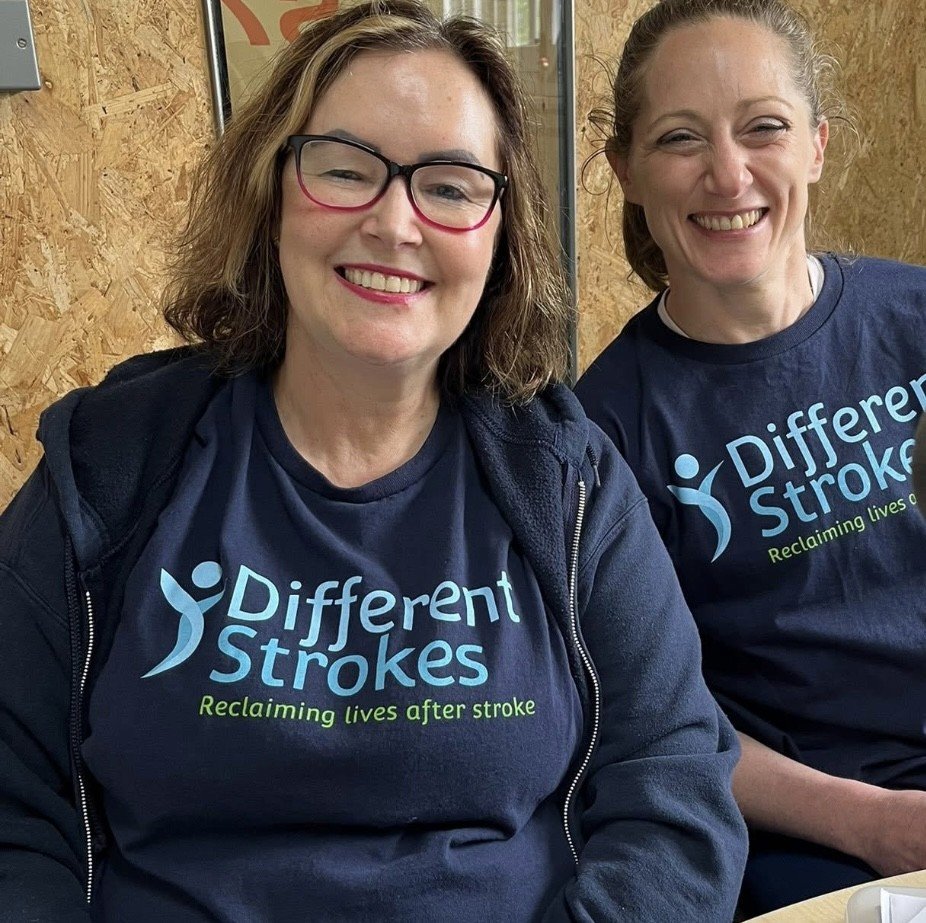As with all things in life, there isn’t one solution to improve employee wellbeing which will work for everyone. Wellbeing is not a ‘one-size-fits-all’ pair of tights to be pulled up whenever we’re feeling out of sorts!
The Oxford English Dictionary defines wellbeing as ‘the state of being comfortable, healthy or happy.’ This state of being comfortable, healthy or happy - especially within the workplace - may seem like a tall order. But should this be the case?
Over the years, I have worked in many different offices, for many different kinds of business – public service offices; small local firms; bigger London firms – all before taking that leap to be self-employed. Throughout that time, I experienced companies which support their employees, as well as those who are not so good!
Being a wellbeing practitioner, I am firmly of the mindset that prevention is better than cure. If we look after our health on all levels: physically, mentally, emotionally and spiritually/energetically, it will serve us best in the long-term. A balance of these four areas is vital too. If we focus purely on our physical form to the detriment of our mental and emotional wellbeing, we may pay the price. Equally if we neglect to pay attention to our spiritual/energetic self (our soul level), we may feel fit and well physically, but completely out of balance and alignment – perhaps not knowing our path or life purpose at this stage in our life.
In the West, our approach tends to be to fix things after they’ve broken - the metaphorical closing of the stable door after the horse has bolted! The Eastern approach of working to maintain wellness and keep oneself healthy is a much more holistic approach – and means we tune in to our mind, body and soul and nurture it to ensure health and vitality.
So, how can we combine this into our working lives, especially when our work demands may be high and we keep going until the deadlines are met?
There are many companies which now offer health cover to their employees and one of the ‘perks’ within the policy is access to complementary therapies. This typically entitles an employee to a spend up to an allocated amount on a range of therapies. This is a definite step forward and can help work morale as employees feel more supported. However, what else can be done to support employee wellbeing? Here are five more health-boosting suggestions:
- Flexibility in working hours
Whether this takes the form of hybrid working, flexi-time or duvet days, it demonstrates trust by the employer. Trust to get the work done, whilst giving the employee the flexibility to complete their workload from a home setting, in hours which may be outside the norm of 9am – 5pm. Since ‘lockdown’, when working from home was the only way for many businesses to function, it seems employers are more relaxed in their need to have someone on-site within their hired hours. I find it refreshing some employers are demonstrating this new approach to working hours and it has very strong benefits for the employee and their wellbeing at work.
- Open door policy
We all need someone to talk to at times and to be able to talk honestly and openly to our colleagues and, if necessary, be signposted to the correct ongoing support (e.g. counselling) is often an overlooked form of support. People don’t want to burden others with their problems and if the workplace is an environment where personal issues are never discussed, an employee may feel they have to keep things bottled up – sometimes to breaking point. However, if the workplace culture is that of openness, if an employee feels vulnerable and unable to cope, they can rest assured they will be listened to with compassion.
- Team connection
With hybrid working, we may spend more time working in isolation from home. Building that important rapport and connection with your team/colleagues is an important part of feeling supported. For connections to be made, it may need dedicated time to allow this. Good examples of wellness-based team building initiatives may be off-site wellbeing days – where employees can relax out of work mode and people get to know each other at a more authentic level. If off-site wellness days was not a viable option, it may be an in-house therapy day. Both off-site and in-house wellness days can have a mix of group work; wellness talks; individual time for some reflexology, Indian head massage etc.
- Work-life balance
The cliché of working culture! A phrase often used, but how many manage this fine art of balancing our work-life and our home-life? Stress doesn’t have to be the bad guy here – a certain level of stress can keep us focused and able to meet our deadlines. However, if these deadlines are unrealistic and constant, we can reach burnout. A late night here and there, or when you can see the end in sight of a certain project, isn’t something which will affect us in the long run … but if this is an overly regular thing and becomes the norm, this is when we hit the danger zone. The impact not only on our health and wellbeing, but on those around us as we become snappy and irritable. We feel guilty for never being home, or able to share home life as we did – and this, in turn, adds more stress. Look at your work-life routine and ask yourself if yours is in balance.
- Reflective inner work
More of a personal approach - taking time to reflect on where you are and how you feel is something you should do on a regular basis. You may journal on specific questions or score your level of happiness and contentment with your current line of work. Are you happy in your day-to-day working life? It may be that certain elements need tweaking and can be discussed with your employer. Or, it may be that another path needs to be found and you want to walk towards your dream career? My path to being a self-employed wellbeing practitioner has indeed been a journey – one where I have been full-time and part-time as I grew my business; taking opportunities which I knew would perhaps stretch me, but would equally help me grow. I am passionate about people being happy in their life and their work – after all, we’re a long time working! So, if you don’t feel ignited by your current line of work, take some time to do some reflective inner work and see what answers you get and where your next steps may take you.





